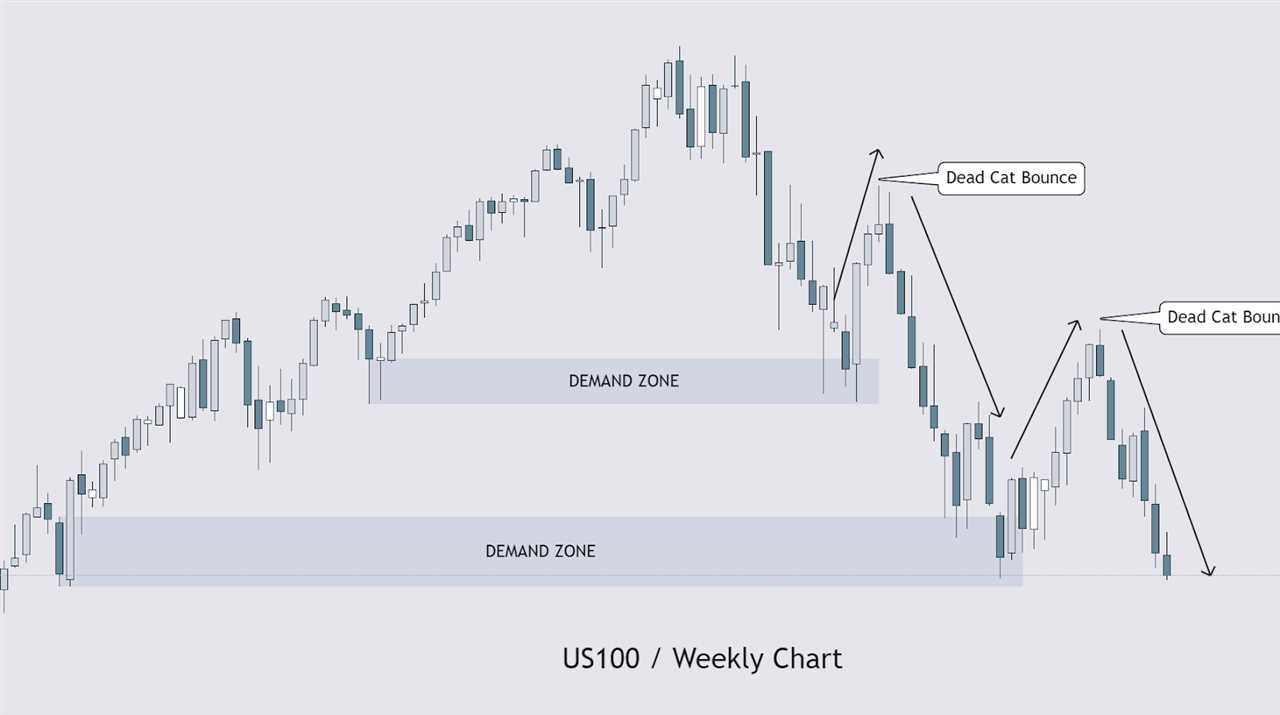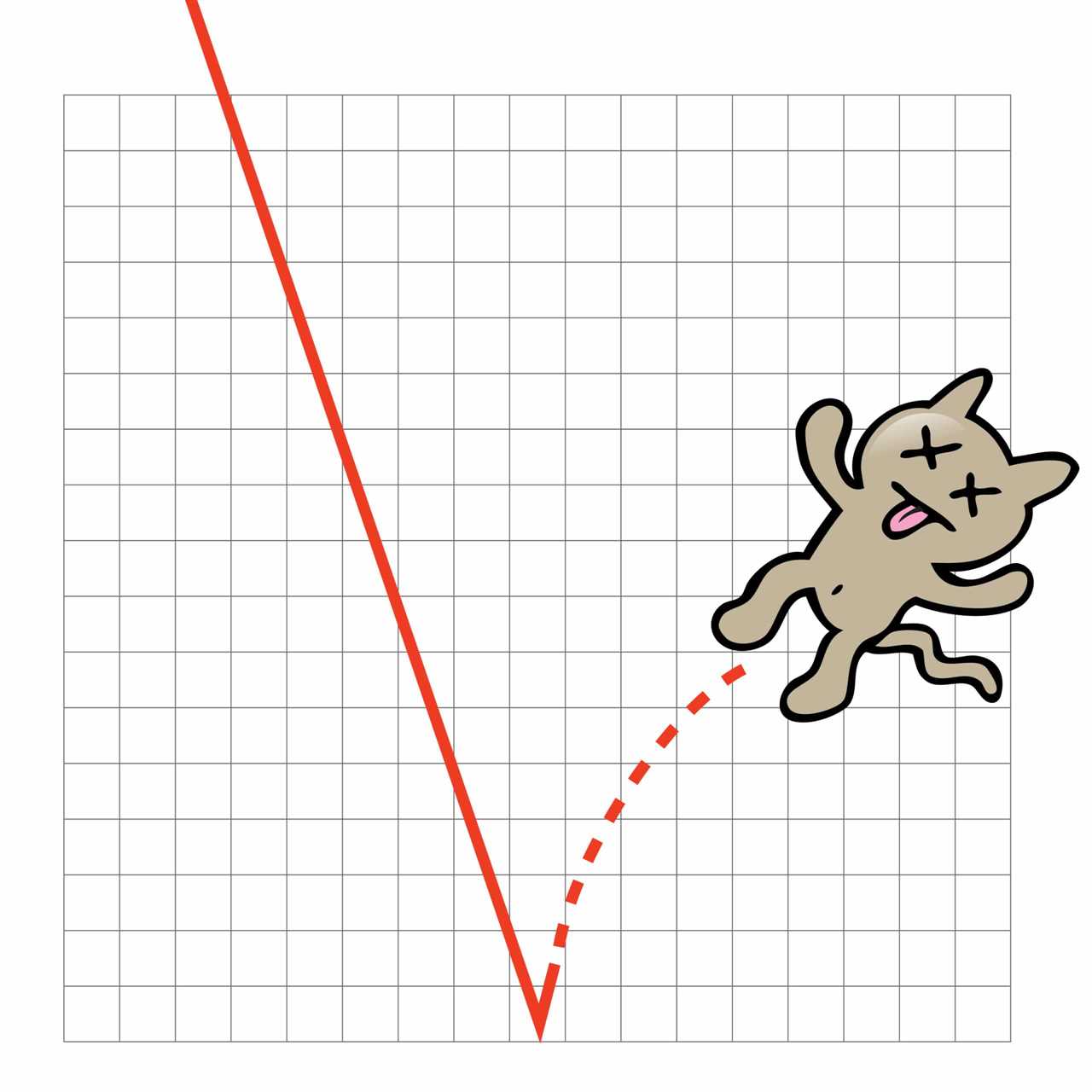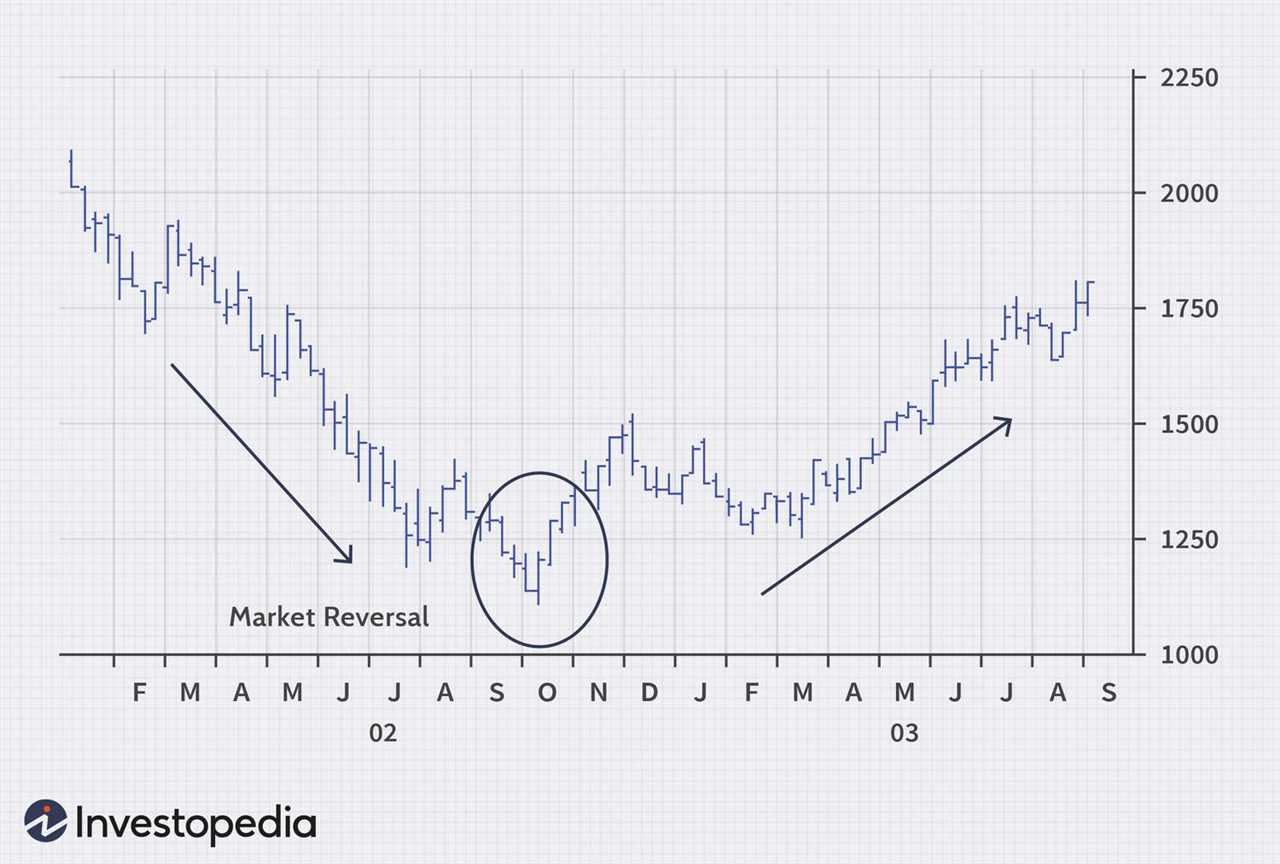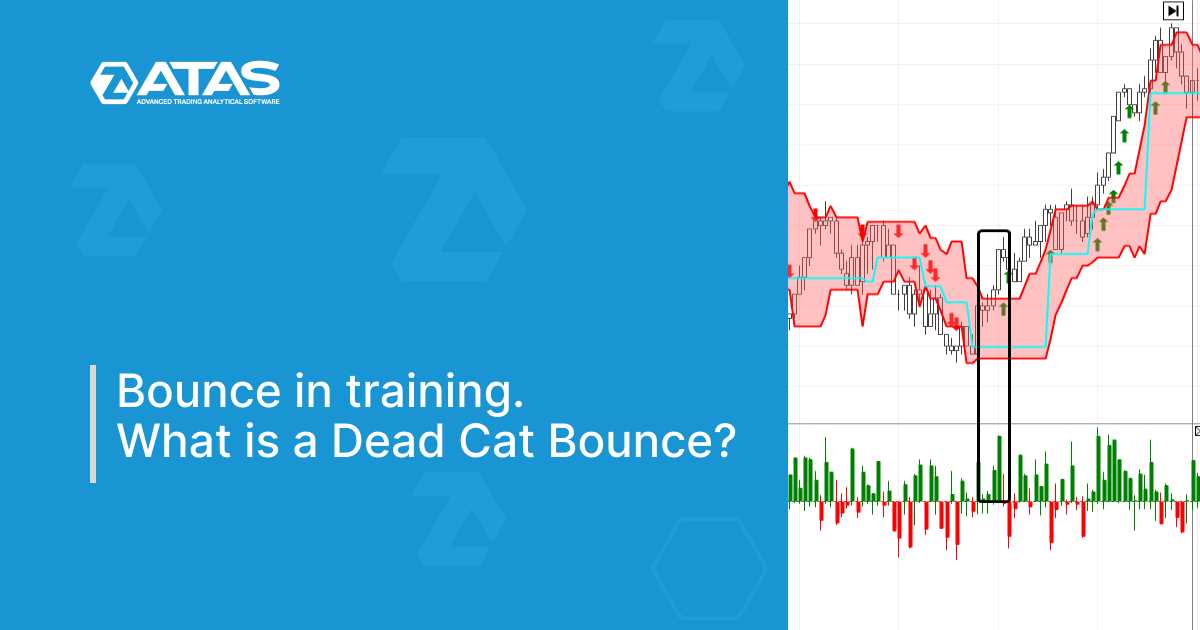What is a Dead Cat Bounce?
A dead cat bounce is a term used in the financial markets to describe a temporary recovery in the price of a declining asset or security. The phrase “dead cat bounce” is derived from the idea that even a dead cat will bounce if it falls from a great height. In other words, a dead cat bounce refers to a short-lived and insignificant upward movement in the price of an asset that is otherwise in a downtrend.
This phenomenon is often observed in stock markets, where investors may see a sudden increase in the price of a stock that has been experiencing a significant decline. This temporary recovery can be misleading, as it may give the impression that the asset is on the path to recovery. However, in most cases, the price will eventually resume its downward trend.
Dead cat bounces can occur for various reasons. They may be the result of short-term market fluctuations, investor speculation, or even market manipulation. Regardless of the cause, it is important for investors to be aware of this phenomenon and not be deceived by temporary price movements.
Dead Cat Bounce is a term used in the financial markets to describe a temporary recovery in the price of a declining asset or security. It refers to a situation where the price of an asset experiences a brief and temporary increase after a significant decline, only to resume its downward trend shortly after.
The term “Dead Cat Bounce” is derived from the saying that “even a dead cat will bounce if it falls from a great height.” In other words, it suggests that even though the price may temporarily rebound, it does not indicate a sustainable recovery and is likely to fall again.
Dead Cat Bounce usually occurs in highly volatile markets or during periods of extreme market sentiment. It is often driven by short-term traders or speculators who try to take advantage of the temporary price increase. These traders may enter the market, pushing the price up, but once their buying pressure subsides, the price falls back down.
There are several reasons why Dead Cat Bounce happens. One reason is that some investors may see the temporary price increase as a buying opportunity, hoping to profit from the rebound. However, once the market realizes that the fundamentals of the asset have not improved, selling pressure resumes, causing the price to decline again.
Another reason for Dead Cat Bounce is short-covering. When a stock or asset is heavily shorted, meaning that many investors have borrowed and sold the asset with the expectation that its price will fall, a temporary price increase can trigger a short squeeze. Short-sellers may rush to buy back the asset to cover their positions, driving the price up temporarily.
It is important for investors to understand the phenomenon of Dead Cat Bounce to avoid falling into traps and making poor investment decisions. Recognizing a Dead Cat Bounce can help investors differentiate between a genuine recovery and a temporary price increase. Technical analysis tools, such as trend lines, moving averages, and volume indicators, can be used to identify potential Dead Cat Bounce situations.
Impact on Investments
One of the main impacts of a dead cat bounce is that it can lure investors into buying stocks or assets that are actually experiencing a temporary price increase. This can lead to significant losses when the price inevitably falls again. Investors who are not aware of the dead cat bounce phenomenon may mistake the temporary rebound as a sign of a sustained recovery, leading them to make poor investment choices.
Furthermore, a dead cat bounce can also impact market sentiment and overall market dynamics. When investors witness a sharp decline followed by a temporary rebound, it can create uncertainty and volatility in the market. This can lead to increased selling pressure as investors try to capitalize on the temporary price increase, further driving down the price.
To mitigate the impact of a dead cat bounce on investments, it is essential for investors to conduct thorough research and analysis before making any investment decisions. They should not solely rely on short-term price movements but instead consider the underlying fundamentals of the stock or market.
Additionally, investors can use technical analysis tools and indicators to identify potential dead cat bounces. These tools can help them determine whether a price increase is a temporary rebound or a genuine recovery. By being aware of the phenomenon and its impact, investors can make more informed decisions and avoid falling into the trap of a dead cat bounce.
How to Identify a Dead Cat Bounce

A dead cat bounce is a temporary recovery in the price of a declining stock or market after a significant drop. It is called a “dead cat bounce” because even a dead cat will bounce if it falls from a great height. Identifying a dead cat bounce can be challenging, but there are several key indicators that investors can look for to help determine whether a bounce is likely to occur.
1. Significant Price Drop
The first step in identifying a dead cat bounce is to look for a significant price drop in the stock or market. This drop should be substantial and preferably occur over a relatively short period of time. A dead cat bounce is typically seen after a sharp decline, so it is important to identify this initial drop.
2. Volume Analysis

Volume analysis is another important factor in identifying a dead cat bounce. Investors should look for a spike in trading volume during the initial decline and subsequent recovery. A dead cat bounce is often characterized by a surge in volume as traders and investors attempt to take advantage of the temporary recovery. High volume during the bounce suggests that it may not be sustainable.
3. Lack of Fundamental Support

One of the key characteristics of a dead cat bounce is the lack of fundamental support for the recovery. Investors should analyze the underlying fundamentals of the stock or market to determine whether the bounce is justified. If there is no significant positive news or change in the company’s financials to support the recovery, it is more likely to be a dead cat bounce.
4. Technical Analysis

Technical analysis can also be a useful tool in identifying a dead cat bounce. Investors can look for patterns such as bearish reversal patterns or resistance levels that suggest the recovery is not sustainable. Additionally, indicators such as moving averages or relative strength index (RSI) can provide further confirmation of a potential dead cat bounce.
5. Timeframe
The timeframe of the recovery is another important factor to consider when identifying a dead cat bounce. A true dead cat bounce is typically short-lived, lasting only a few days or weeks before the stock or market resumes its downward trend. If the recovery lasts for an extended period of time, it may indicate a more sustainable reversal.
Overall, identifying a dead cat bounce requires a combination of technical analysis, volume analysis, and fundamental analysis. It is important for investors to carefully analyze the factors mentioned above and consider the overall market conditions before making any investment decisions based on a potential dead cat bounce.

Emily Bibb simplifies finance through bestselling books and articles, bridging complex concepts for everyday understanding. Engaging audiences via social media, she shares insights for financial success. Active in seminars and philanthropy, Bibb aims to create a more financially informed society, driven by her passion for empowering others.
